Download the Sampling & IPC App Group.
Purpose of this article
The purpose of this article is to illustrate the primary functions of the Sampling and IPC app group and provide a detailed guide on how to utilize the app group functionalities. It sheds light on how different apps within the group are linked together and clarifies their individual purposes. The article also includes essential configuration steps necessary for the usage of apps, alongside options for customization.
This app group is a part of Tulip’s Composable MES for Pharma app suite.
Physical space
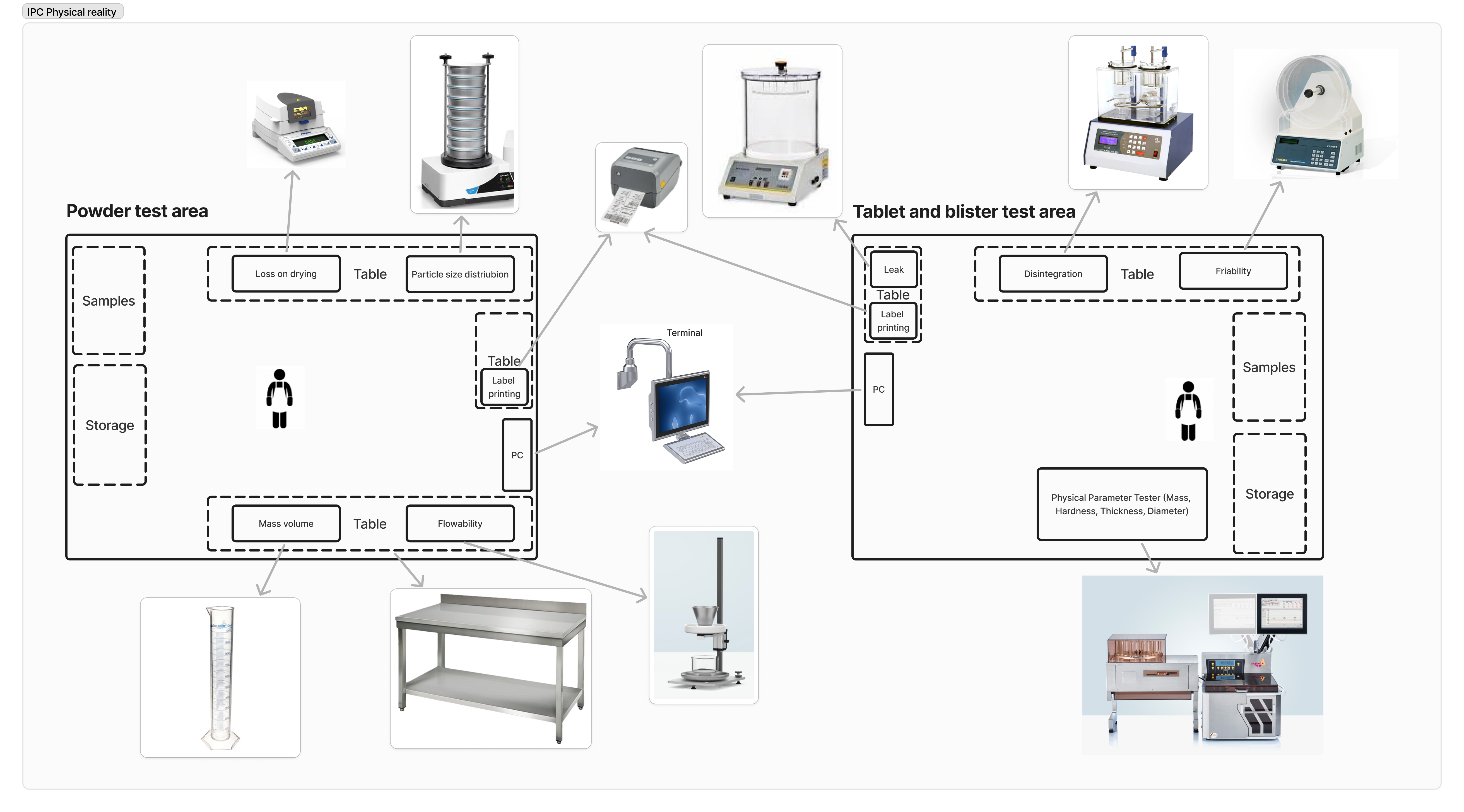
Within this app suite, we introduce users to an offline sampling process, complete with relevant procedures, which includes taking, managing, and testing samples. There are multiple ways to create a sample in this app group: it can be generated in one of the process apps (e.g. Tableting and blending that can be downloaded from the Pharma composable MES library page), or directly in the Sample Navigation Hub application.
This group uses bulk samples. This means that multiple inspections are done on one sample. In the Sample Navigation Hub application, users can assign specific procedures to a sample. These procedures consume a portion of the bulk sample; however, no record is kept of partial consumption.
Tulip tables used in the app group
In this section, we will explain the types of tables used by the Sampling and IPC app group’s applications. All the tables utilized by the applications in the Composable MES for Pharma are part of Tulip’s Common Data Model.
All the Sample procedure applications use the following six tables:
Equipment & Assets
Samples
Inspection Results
Corrections
Comments & Exceptions
Process Flow
The Sampling Navigation Hub utilize the tables below:
Batches
Process Flow
Inspection Results
Samples
Applications in the Sampling and IPC App Group
The app group encompasses a total of 13 apps.
Sampling Navigation Hub - Assists users in adding sample procedures to the samples as well as tracking sample progress. Also aids users in searching for sample procedures and initiating their execution process
Sample procedure applications - allow users to execute various sample procedures
IPC Template - facilitate users in kickstarting their app-building process
| Application | Equipment | Application’s Navigation Flow |
|---|---|---|
| Diameter Test | 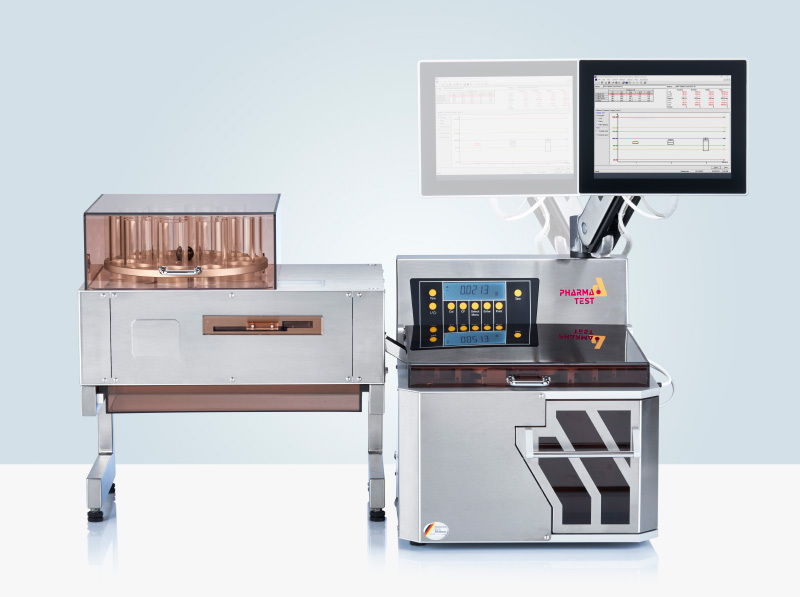 |
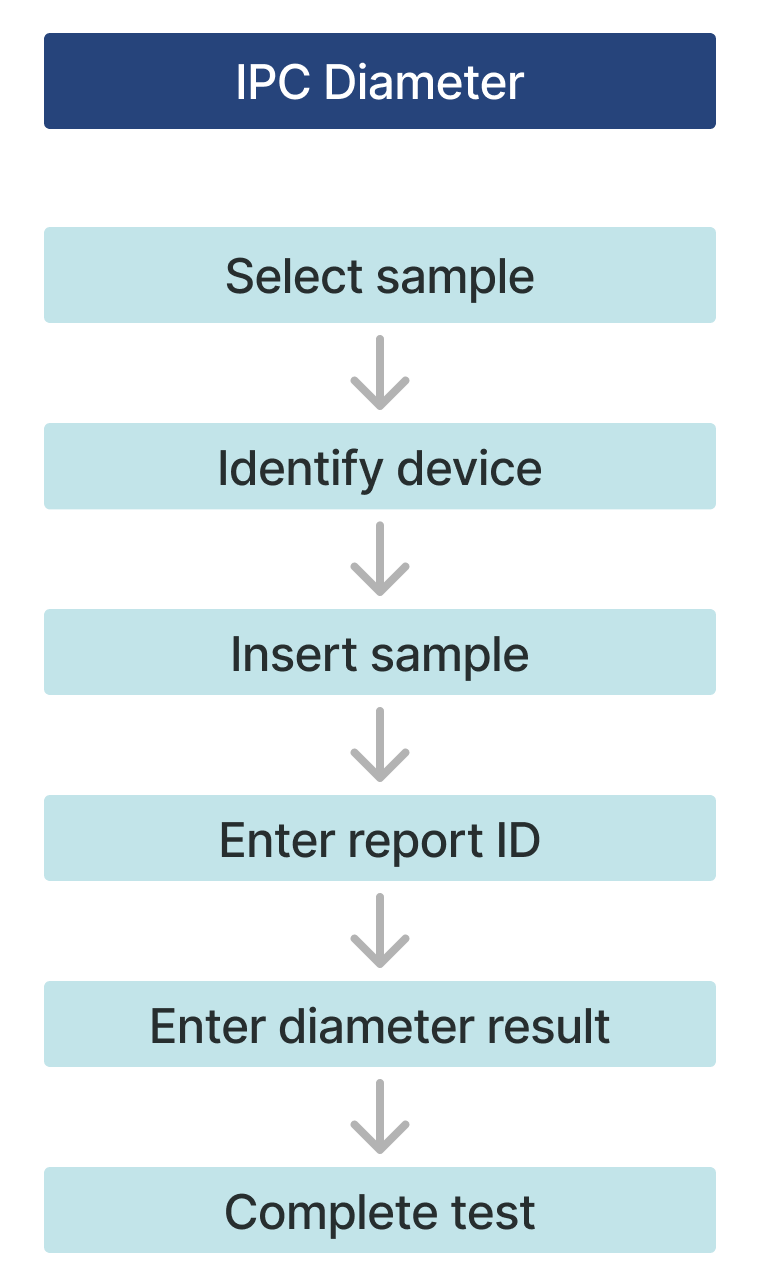 |
| Disintegration Test | 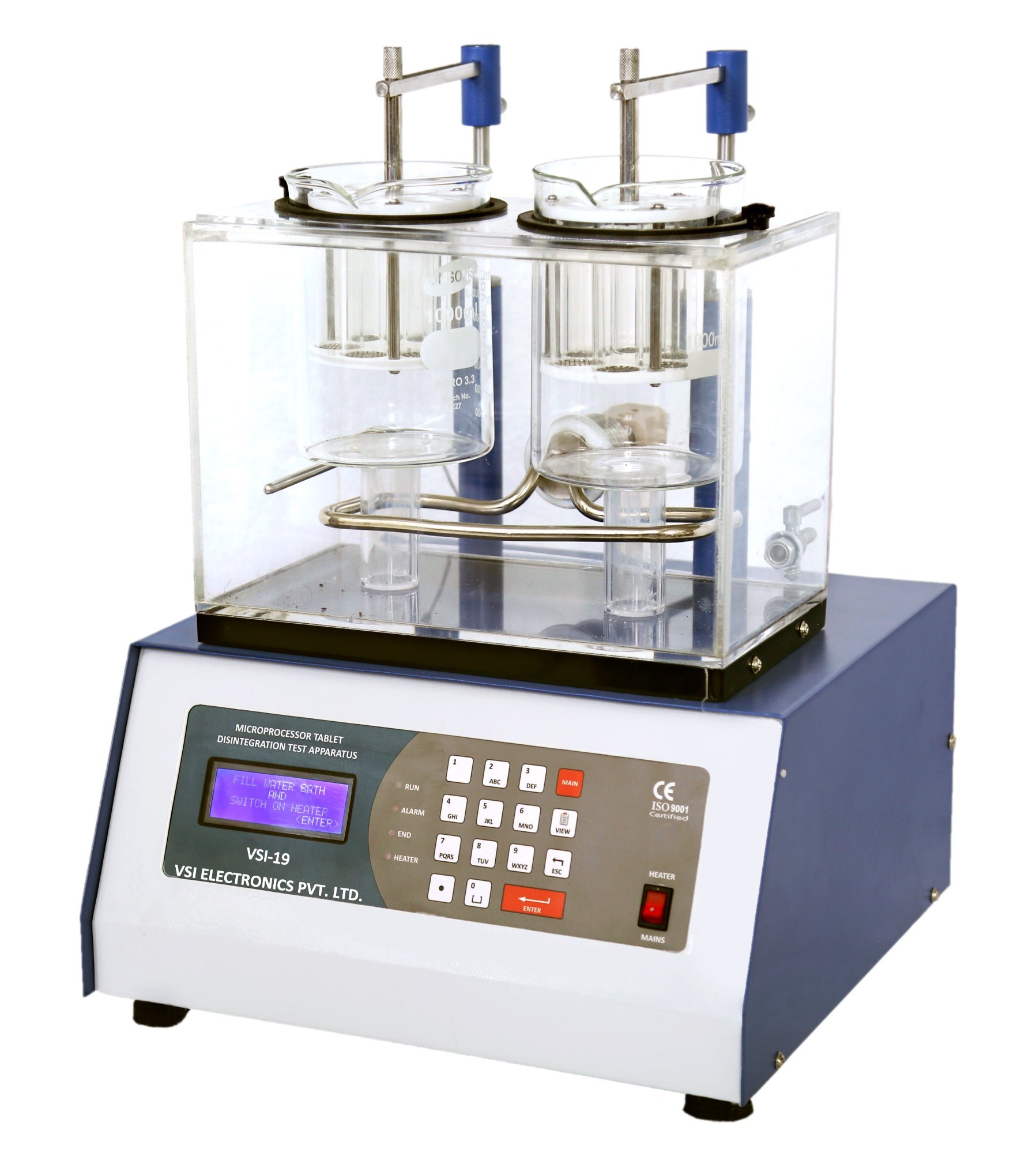 |
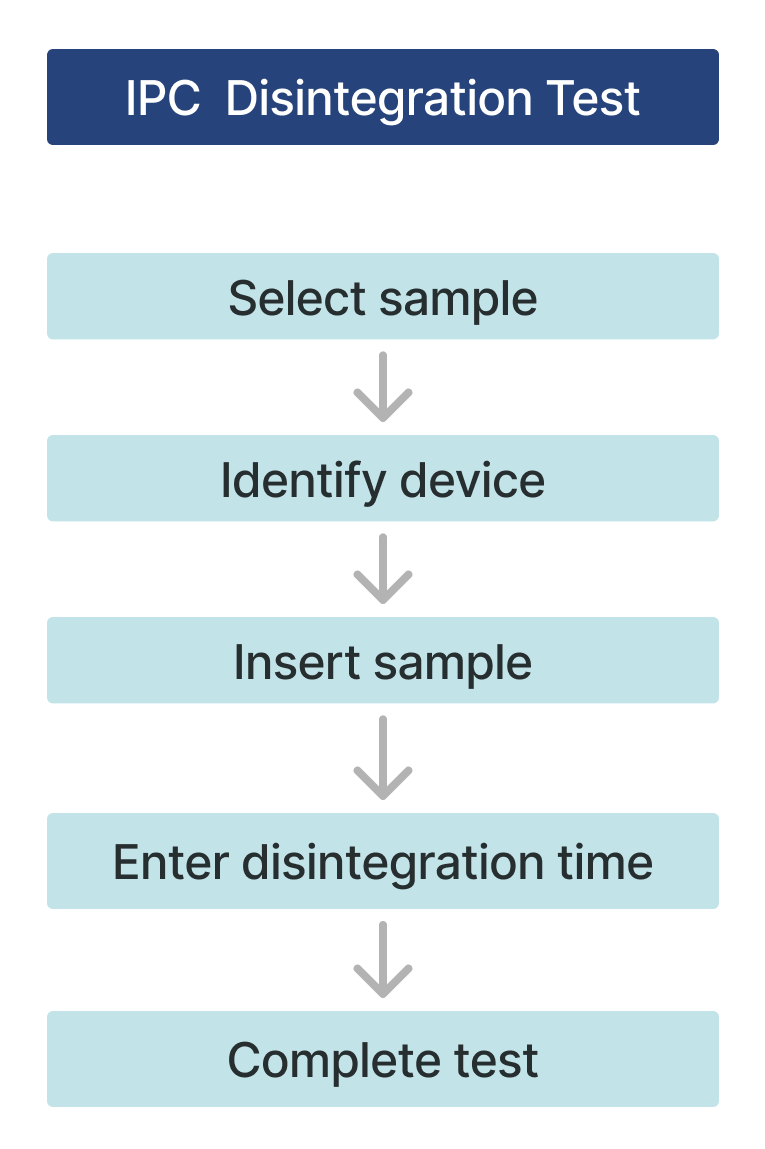 |
| Flowability Test | 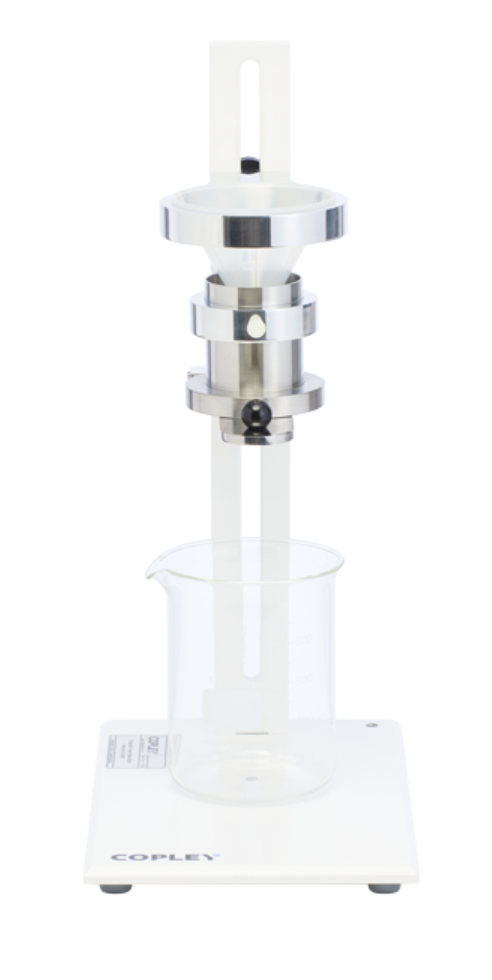 |
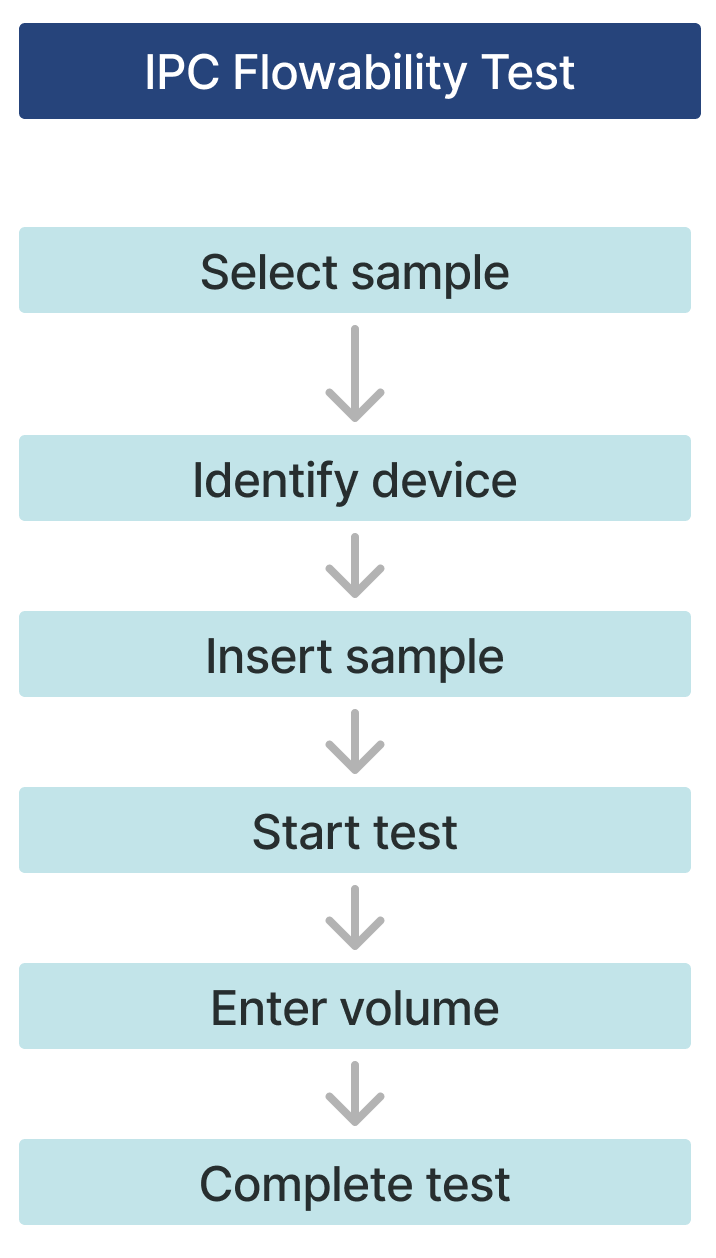 |
| Friability Test | 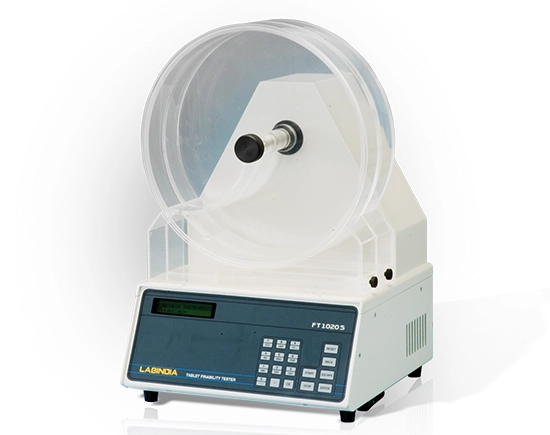 |
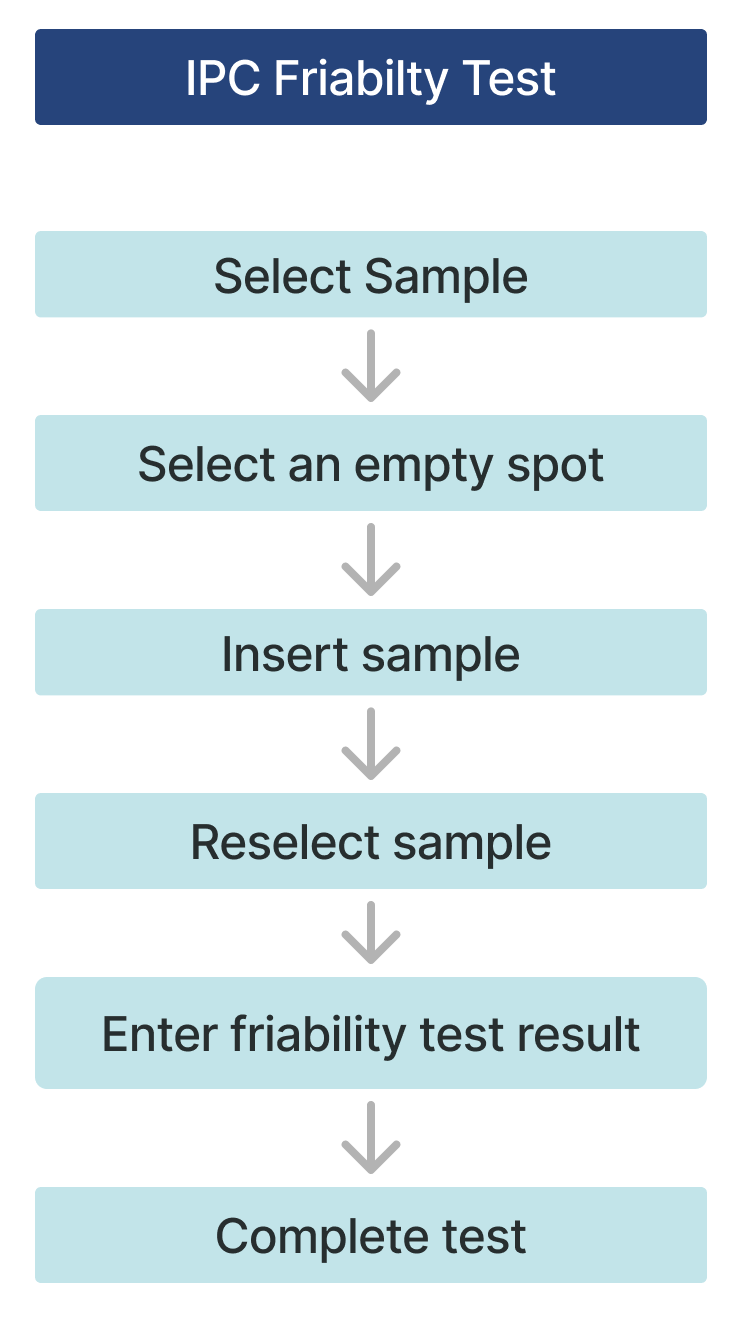 |
| Hardness Test |  |
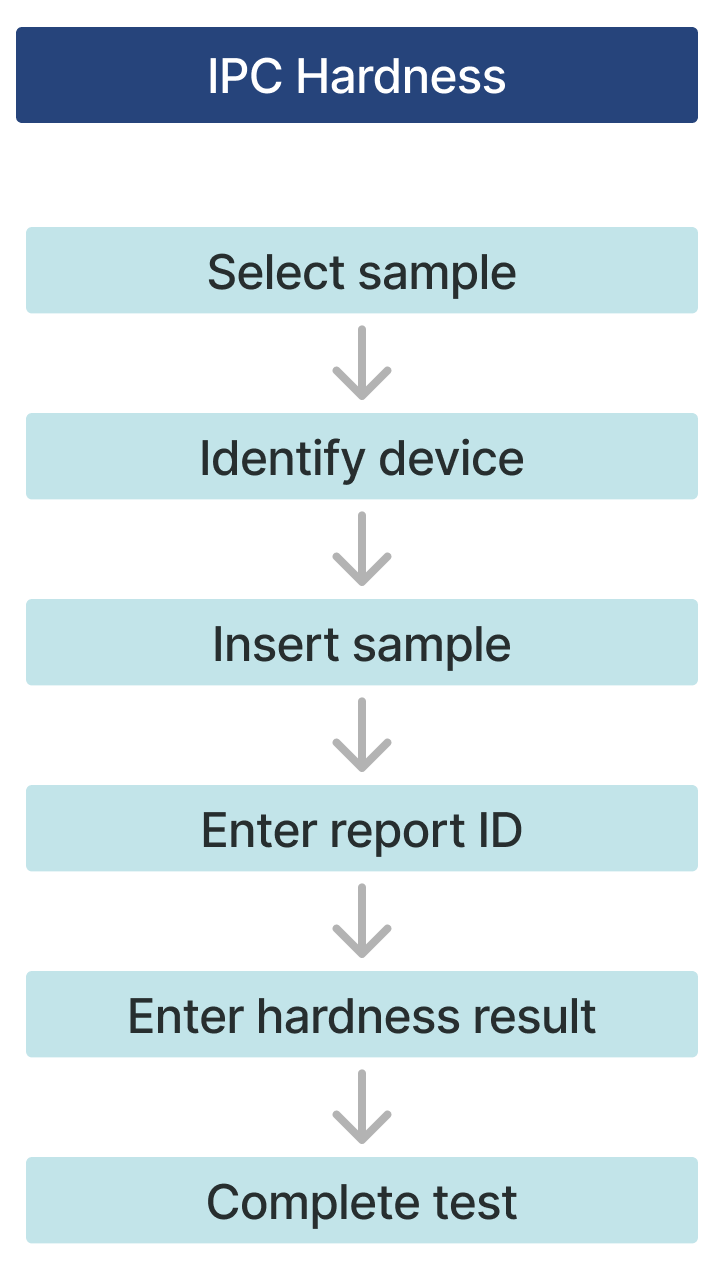 |
| Leak Test | 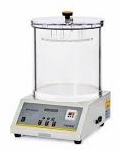 |
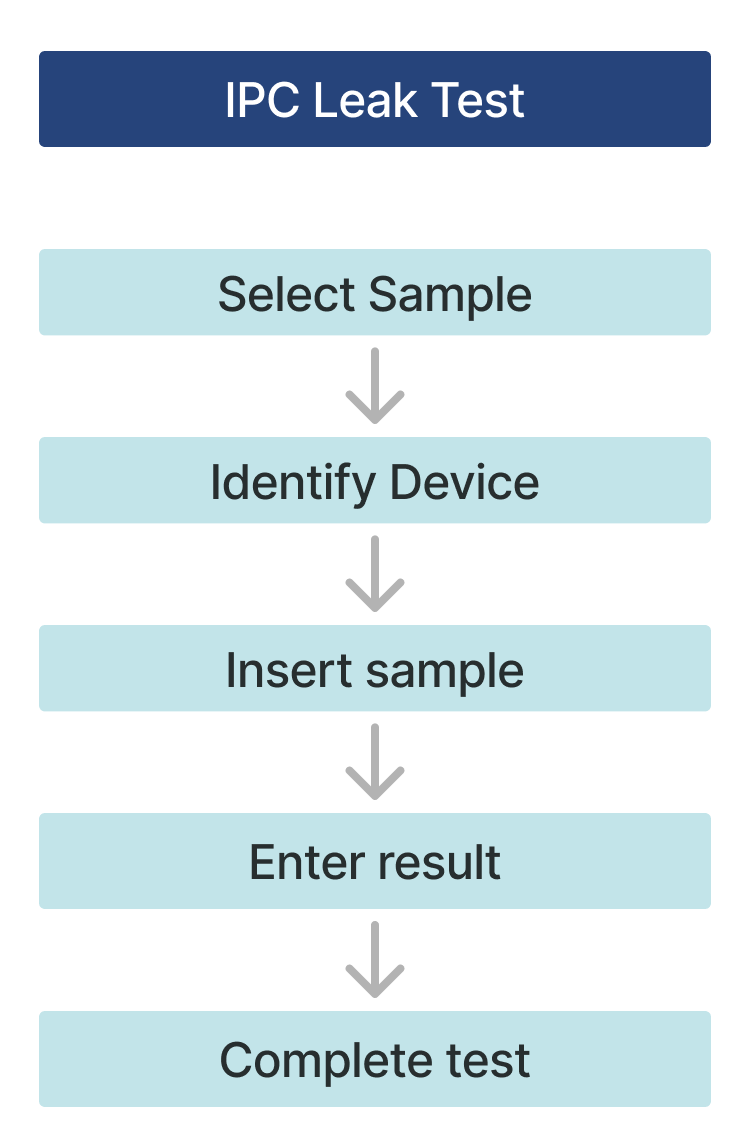 |
| Loss on Drying Test | 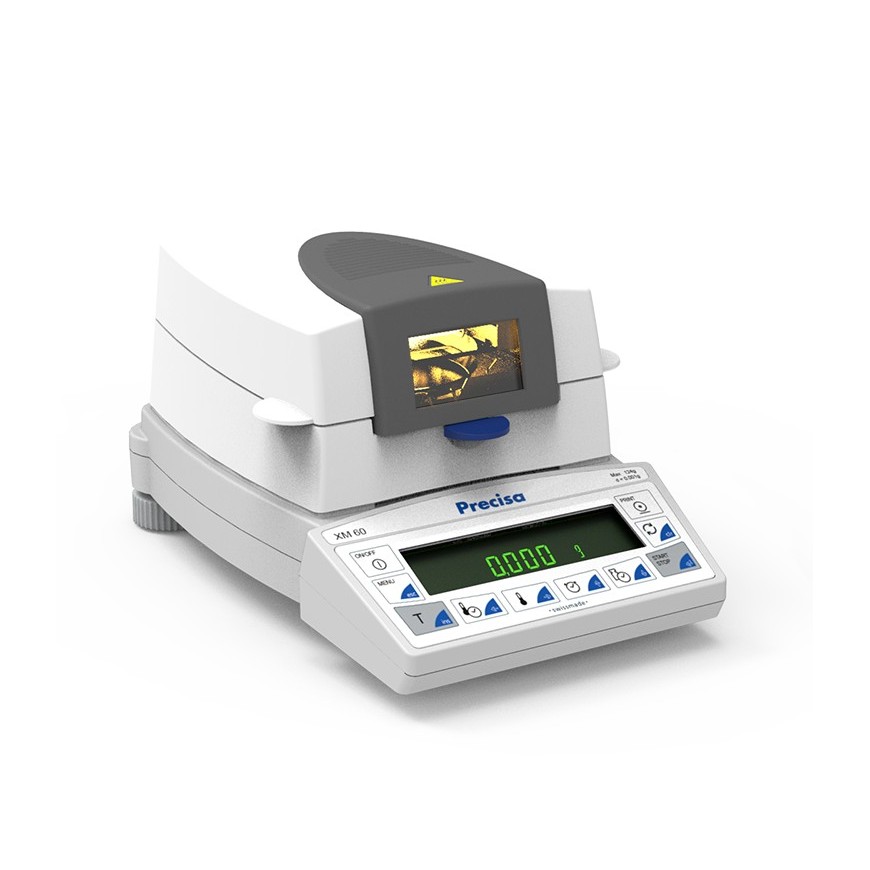 |
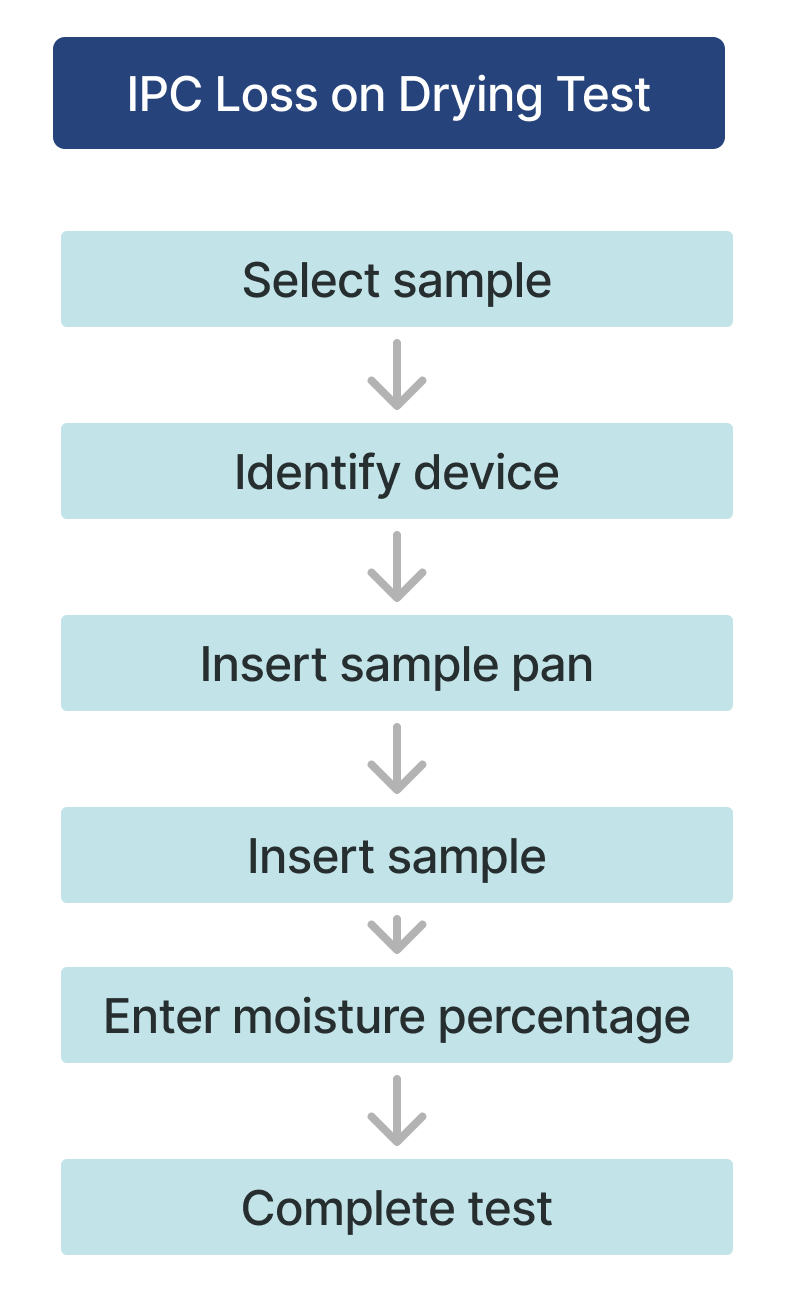 |
| Mass Test |  |
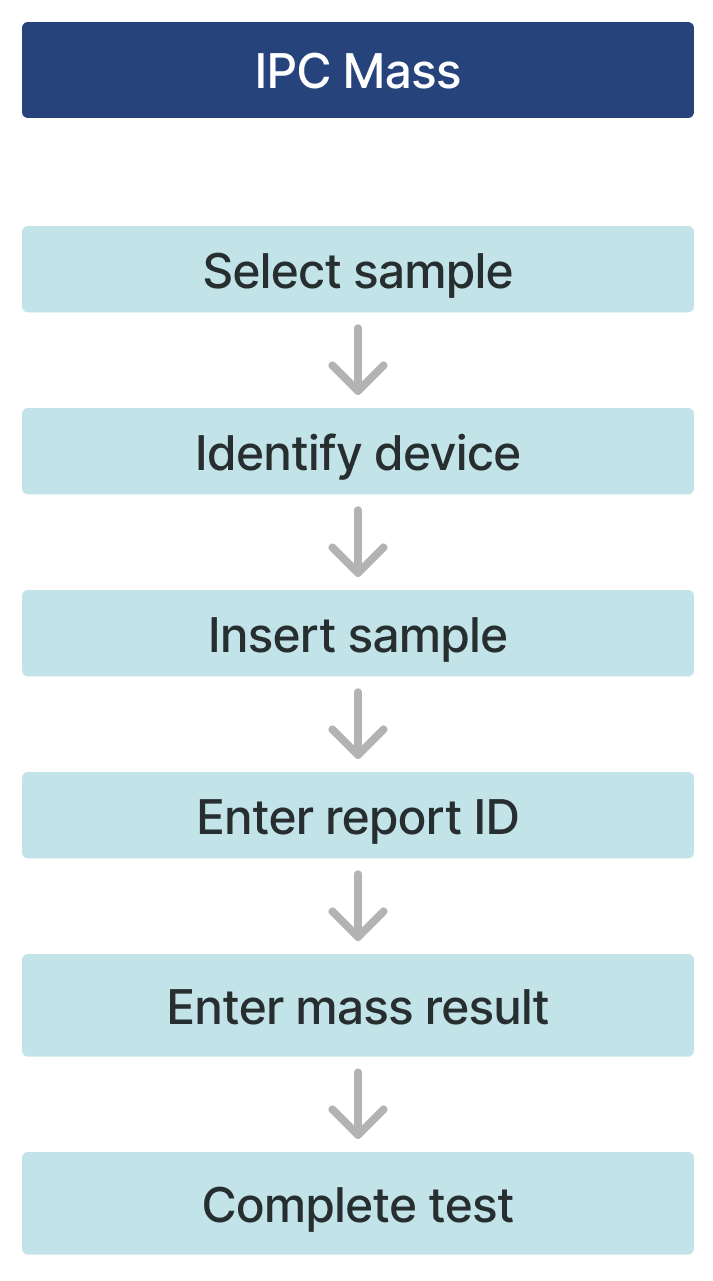 |
| Mass Volume Test | 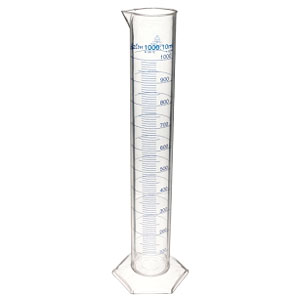 |
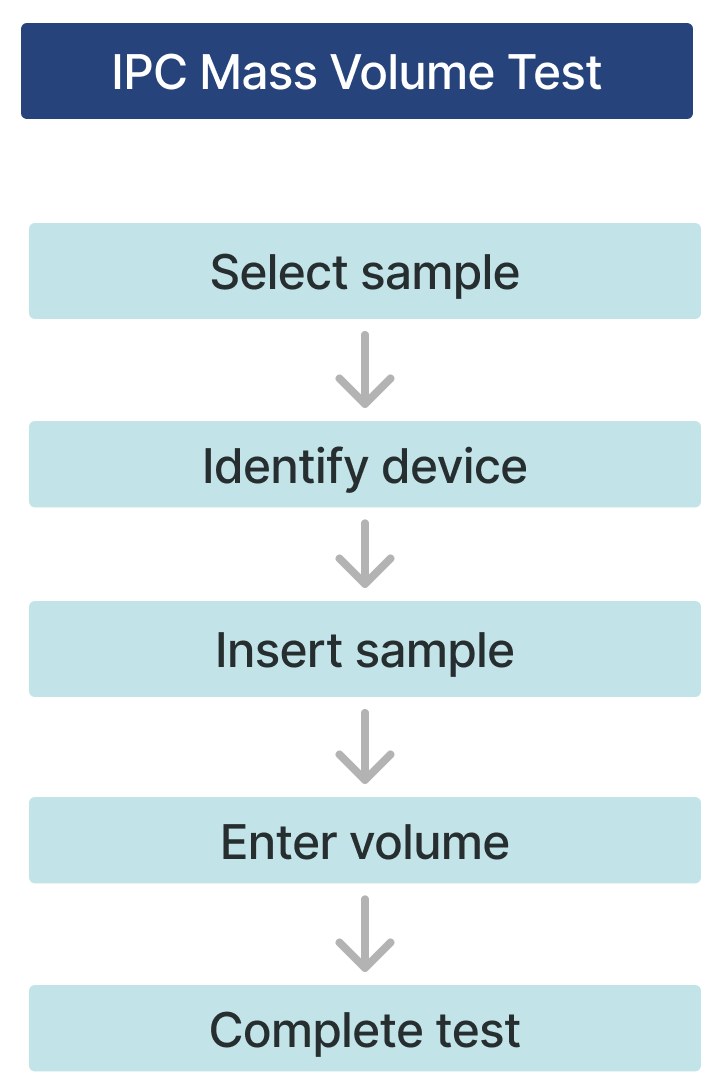 |
| Thickness Test |  |
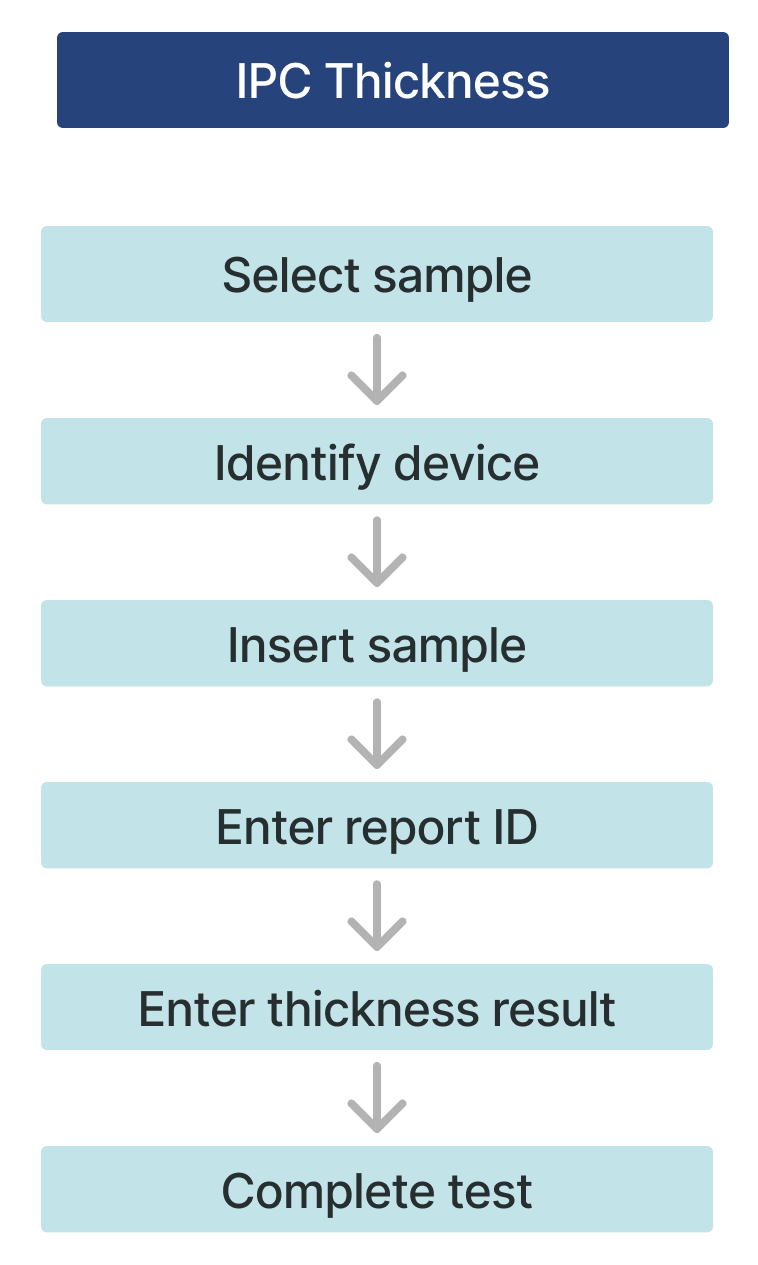 |
| Particle Size Distribution Test | 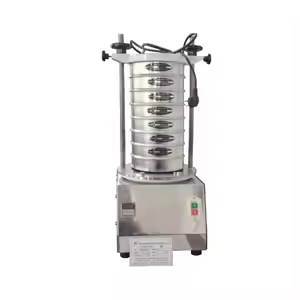 |
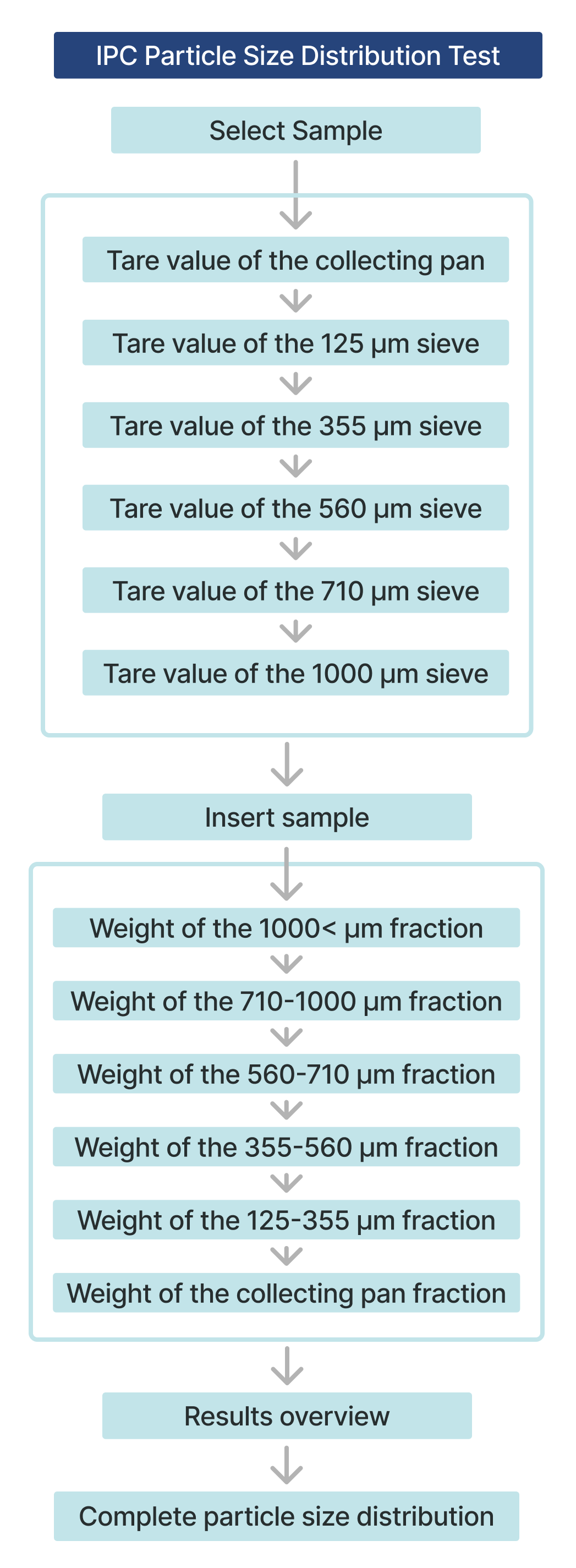 |
Sampling Navigation Hub
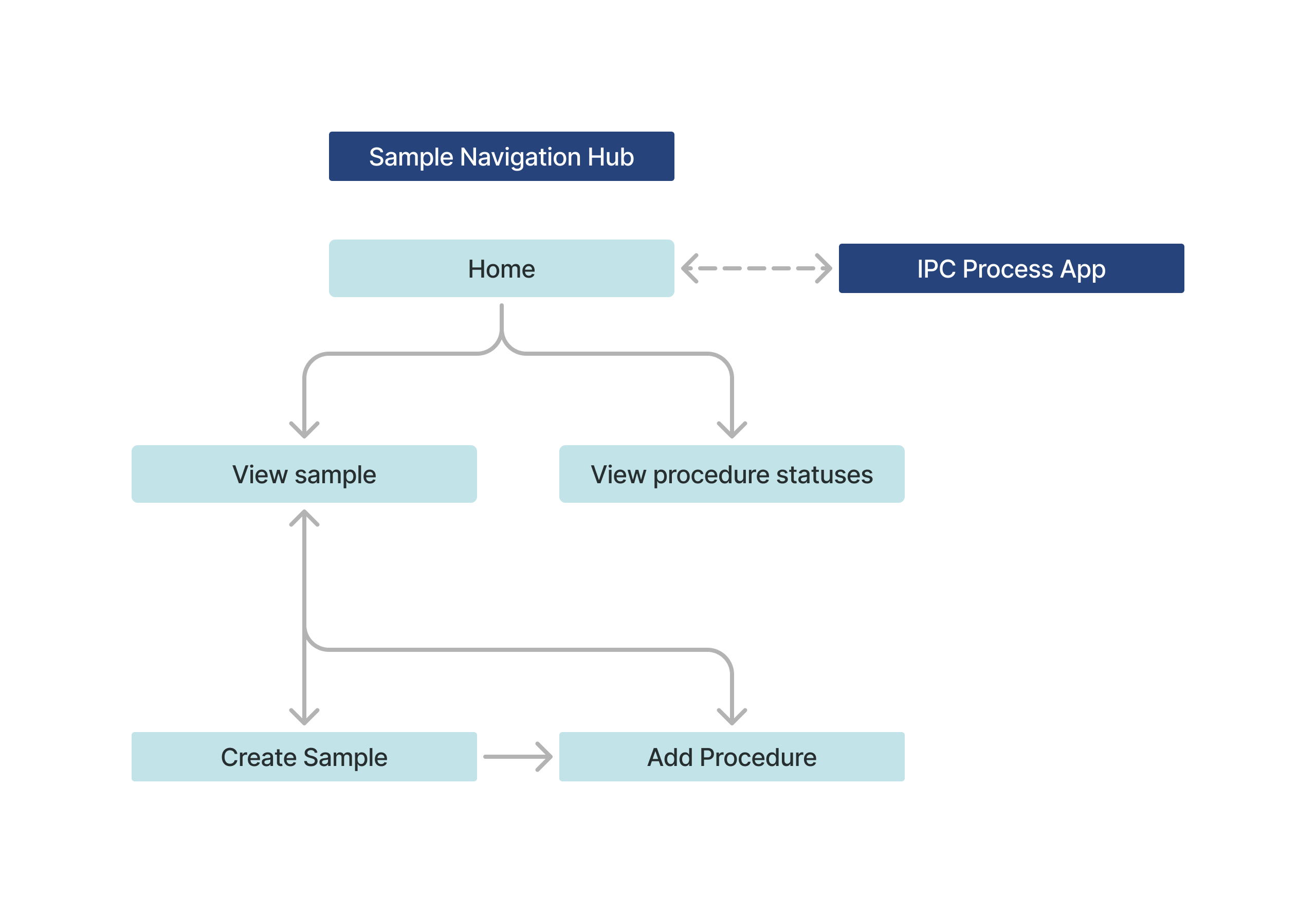
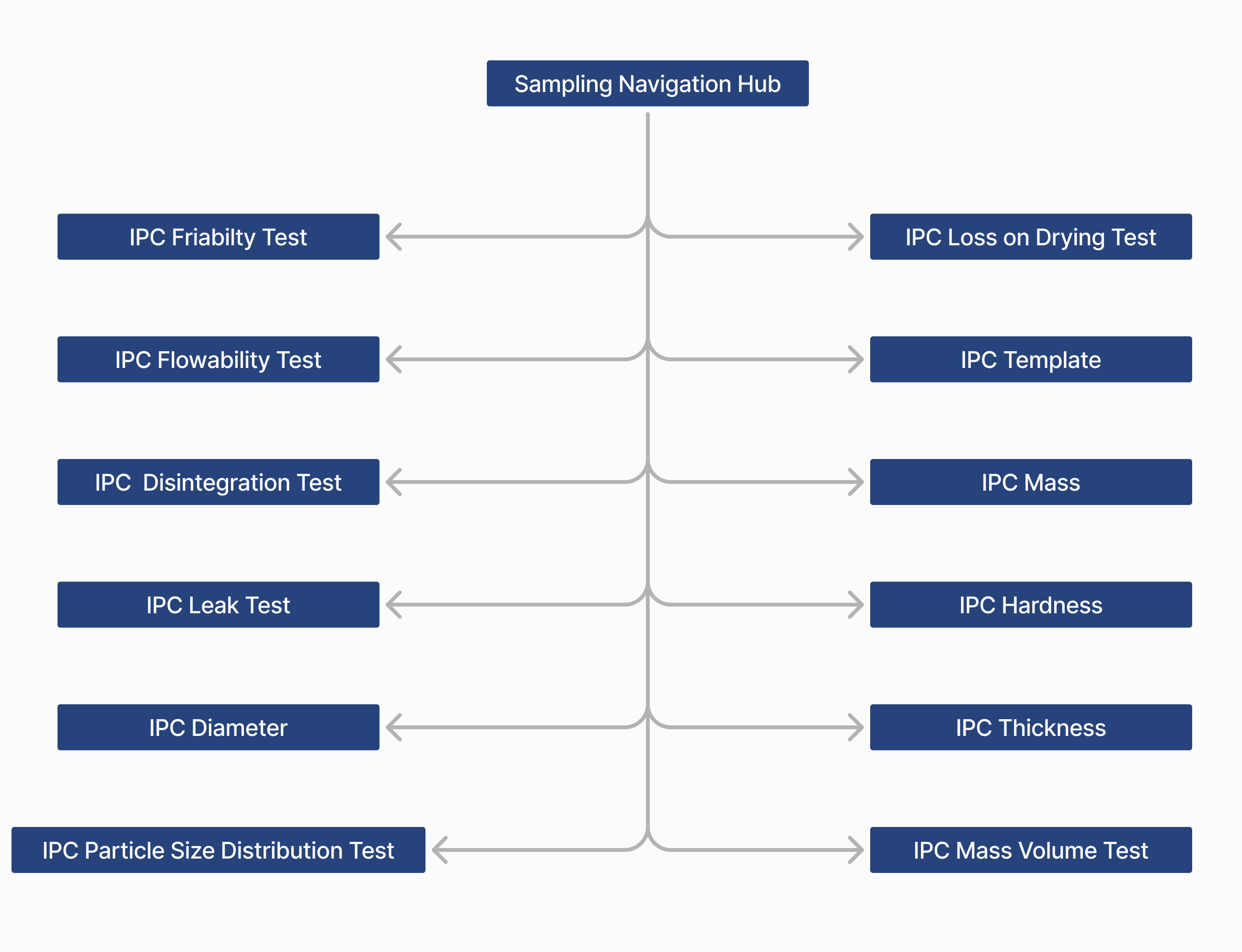
The Sampling Navigation Hub application begins with a Home step. From here, users can navigate to any of the sample procedure apps by selecting the button associated with the sample procedure they wish to execute.
Additionally, users can navigate to one of two different steps based on their needs. They can view sample statuses by clicking on the View Sample Status Button or they can view the procedure statuses by clicking on the View procedure statuses button.
By selecting the View Sample Statuses button button, the app will navigate to a step where the sample table is displayed. Here, users can filter all samples and check whether there are existing procedures for each selected sample. They can also assign procedures to samples, create new samples, and dispose of samples once all procedures are complete.
There are two methods for creating samples in the Composable MES for Pharma app suite. The first option is to create the sample within a manufacturing process, using an application outside this app suite (e.g., Blending, Tableting, or Packaging applications). The second option is to create the samples directly within this application.
On the View Procedure Statuses step users can search through all existing procedures and view the details of each procedure.
Procedure Apps
This app group includes 11 sample procedure applications and an IPC template based on these applications. All sample procedure applications have the same structure. All procedure applications have the same structure.
After users select a procedure either in the Sampling Navigation Hub application, the app navigates to the Select Sample step, which is followed by the Identify Device step. Once the identifications are complete, the subsequent step provides instructions regarding the procedure itself.
After completing the procedure, the final step requires users to submit the test results. By clicking the Confirm [Test] Is Done button, the app updates the Inspection Result with the test results and establishes whether the test has passed or failed based on these results.
Configuration and customization
Options for connecting the app with other applications
Tableting process
The Tableting application, which is a component of the Composable MES for Pharma, is partially dependent on the Sampling and IPC app group. During setup steps in the Tableting application, the Off-line IPC step results in the creation of samples and their associated sample procedures. The final step in the setup process is to review the sample procedure results. Based on these outcomes, the Tableting user can decide to conclude the setup and commence production. Conversely, if the results are unsatisfactory, they may opt to restart the setup process.